Table of Contents
The common armyworm, notorious for its destructive nature, poses a significant threat to lawns, particularly during late summer and early fall. This article aims to provide a comprehensive guide on identifying, treating, and preventing armyworm infestations.
Armyworm Identification and Lifecycle
Fall armyworms, including True armyworms, Beet armyworms, and Fall armyworms, are known for their characteristic features such as a distinctive ‘Y’ shaped suture on their foreheads and brown, light green, or dark green body colors. Recognizing at least five of these features can indicate a potential armyworm infestation.
The armyworm’s lifecycle comprises four stages: egg, larvae, pupa, and adult. Armyworm larvae, the most destructive stage, feed voraciously, causing noticeable damage to grass and leaves. The pupal stage is followed by the emergence of adult armyworm moths, initiating a new cycle of infestation.
Signs of Armyworms in Lawn
Recognizing signs of armyworm infestation is crucial for prompt action. These signs include tiny caterpillars feeding on grass, large brown patches, eggs on leaves’ undersides, and damage around grass blades and other plants.
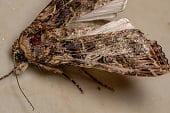
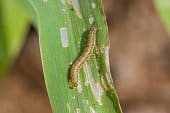
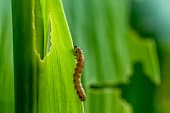
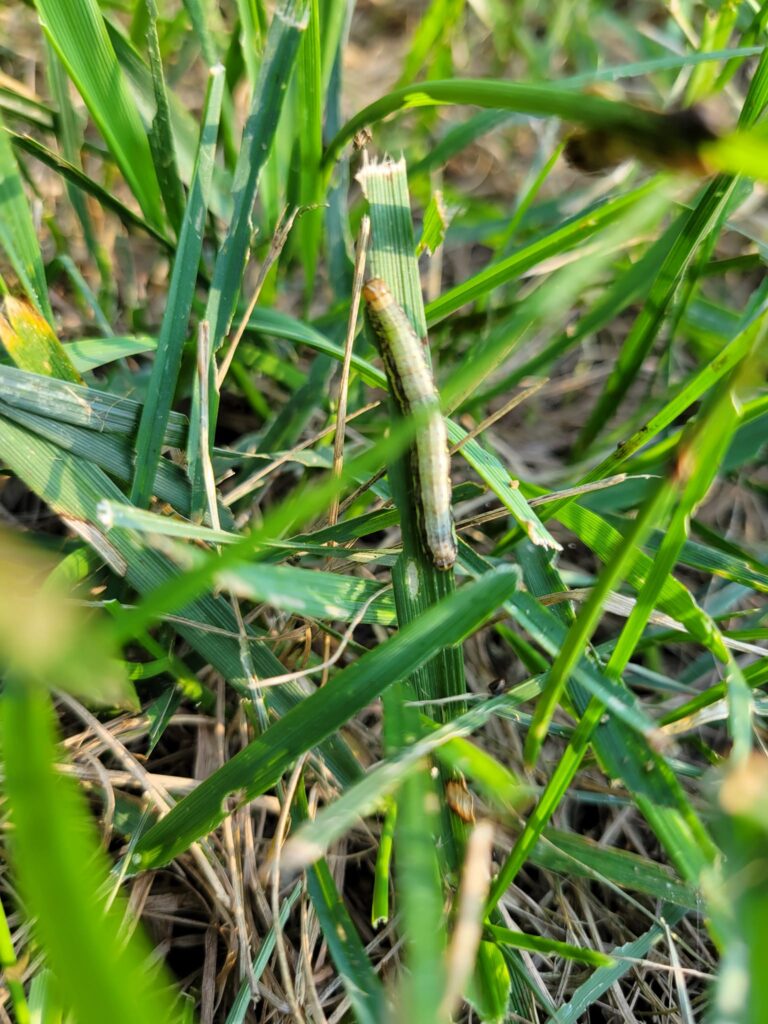
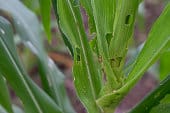
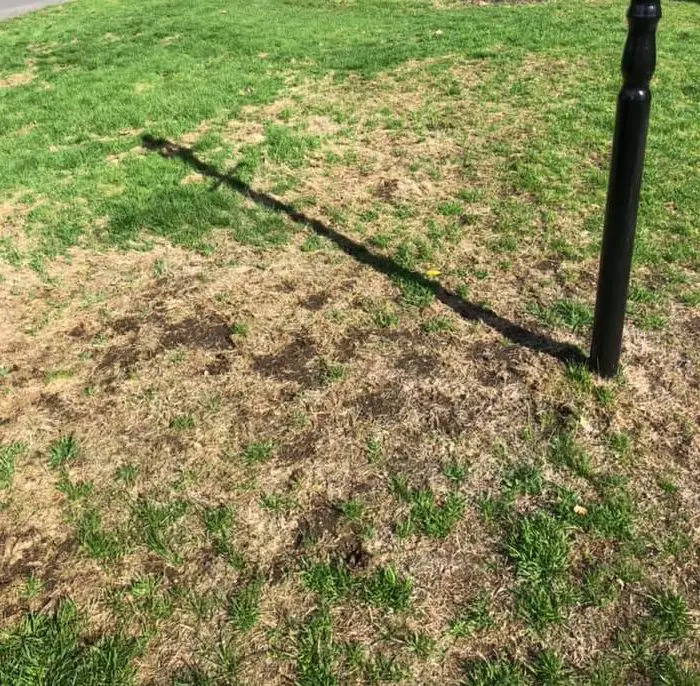
Treatment Options
Two main approaches to control armyworms are pesticides and natural treatments.
Pesticides:
- Bacillus thuringiensis: A fungus targeting worms and caterpillars.
- Methoxyfenozide: Effective and long-lasting, eliminating embedded infestations.
- Spinosad: Cost-effective solution for foliage-loving worms.
High armyworm activity, especially in untreated lawns, demands swift action. Recommended armyworm killers include Talstar Pro (Bifenthrin) and Demand CS. Talstar Pro, in particular, is praised for its effectiveness and affordability.
Natural Treatments
- Hand removal: Pick and drop armyworms into soapy water for low-impact control.
- Thatch removal: Rake the underlayers of grass monthly during the active season.
- Predator attraction: Attract ground beetles, birds, and beneficial insects to reduce armyworm numbers naturally.
Preventing Armyworm Infestation
Long-term prevention is vital to protecting your lawn. Adopt practices like proper fertilization, frequent watering, annual lawn aeration, regular weeding, and turning off house lights at night to deter adult armyworm moths.
FAQs and Additional Tips
Will my lawn recover from small brown lawn patches?
The good news is that small patches of armyworm damage can and will recover after a short rest period. The bad news is that long-term damages may require a complete re-seeding. It’s a good idea to get your armyworm control methods set in stone before attempting to revive your grass.
What keeps armyworms away from the entire lawn?
Consider utilizing a wide spectrum treatment for all stages of the armyworm’s lifecycle. For a more targeted approach, consider Bacillus thuringiensis. Your entire yard should be treated quickly to avoid second or third generations in later months.
What organic materials kill army worms naturally?
Natural predators are an excellent method way to kick armyworm caterpillars out of your lawn, as well as adult moths that could be looking for a nesting site. Remove thatch frequently, weed often, and perform soapy water ‘treatments’ when necessary.
Armyworms, the larvae of moths in the genus Spodoptera Ornithogalum, are named for their group behavior while feeding on turfgrasses. They grow 1-1.5 inches long, with brown, light green, or black bodies and distinctive striping.
To check for armyworms, dishwashing soap, and water can be poured over suspected patches to flush them out.
In conclusion, understanding the lifecycle, identifying signs, and employing effective treatment and prevention methods are crucial for managing and preventing armyworm infestations in your lawn.
Other Insectidices
Neem Oil
Neem oil is another natural pesticide that stems from neem leaves. It works by stopping the insects from producing hormones that contribute to them continuing to mate and feed.
Pyrethrin
Pyrethrin is another natural pesticide that won’t harm other creatures. It consists of dried flowers and paralyzes the armyworms.
